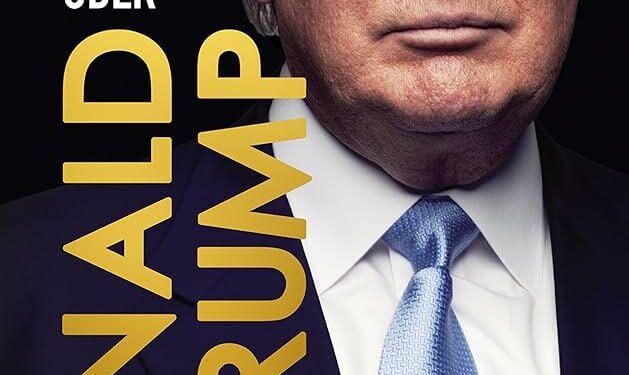In a surprising departure from his longstanding political stance, former President Donald Trump has issued a remarkable statement challenging the principle of states’ rights. Delivered during a recent address that quickly drew attention across the political spectrum, Trump’s comments have sparked widespread debate about federalism and the balance of power between state and federal governments. This unprecedented shift raises critical questions about the future direction of Republican policy and the ongoing tension between national authority and state autonomy.
Trump Challenges Foundational States’ Rights Principles in Latest Statement
In a surprising departure from traditional Republican values, the former president’s recent comments have ignited debates about the balance of power between federal and state governments. His assertions directly question the constitutional bedrock of states’ rights, stirring controversy among political analysts and historians alike. This move has caught many by surprise, as it contrasts sharply with his previous stances, reflecting a broader shift in his political rhetoric. Critics argue that undermining states’ autonomy could set a precedent with far-reaching implications for governance.
- Centralized authority: Advocating for stronger federal control over state policies.
- Legal challenges: Possible confrontation with established constitutional interpretations.
- Political fallout: Dividing party factions that have long championed state sovereignty.
| Aspect | Traditional View | Trump’s Latest Position |
|---|---|---|
| Federalism | States retain substantial autonomy | Stronger federal oversight endorsed |
| Legal Authority | States enforce many policies independently | Federal government to intervene more |
Analyzing the Political and Legal Implications of Trump’s Position
Trump’s recent stance raises critical questions about the balance of power between federal and state governments, traditionally a cornerstone of American democracy. His opposition to states’ rights challenges established norms, potentially paving the way for sweeping federal interventions in areas historically governed by states. This shift could unsettle legal doctrines tied to state autonomy, such as the 10th Amendment, sparking debates over constitutional boundaries and the future role of the federal government in local governance.
From a legal perspective, this position invites scrutiny from multiple angles:
- Constitutional challenges – State legislatures may contest federal overreach in courts, leading to a surge in litigation.
- Policy inconsistencies – Differing federal and state policies might create confusion, particularly in areas like education and healthcare.
- Political backlash – States’ rights proponents could mobilize to protect local authority, impacting legislative dynamics at both state and national levels.
| Aspect | Potential Impact | Key Stakeholders | |||||||||||
|---|---|---|---|---|---|---|---|---|---|---|---|---|---|
| Legal Precedents | Reevaluation of state-federal power balance | Courts, Legal Scholars | |||||||||||
| Political Climate | Heightened partisan tensions | Politicians, Activists | |||||||||||
| Public Response | Experts Recommend Strengthening Federal-State Dialogue to Address Rising Tensions
Leading policy analysts and constitutional experts are urging a renewed emphasis on constructive collaboration between federal and state governments amid growing political friction. They argue that escalating disagreements over jurisdictional authority threaten to undermine governance and public trust. According to a recent panel discussion, fostering transparent and consistent communication channels is crucial to mitigating conflicts that jeopardize policy implementation on key issues like healthcare, immigration, and environmental regulation. Key recommendations include:
In SummaryAs the debate over states’ rights continues to shape American political discourse, former President Trump’s unprecedented stance marks a significant moment in the broader conversation about federalism and governance. This statement not only challenges long-held party positions but also signals potential shifts in future policy battles. Observers will be watching closely to see how this development influences both state and national political landscapes in the months ahead. |































